Imagine filling a postcard with rows and rows of machine stitching less than two centimetres apart. How long would that take?
Now imagine doing that on a wall-sized canvas and stitching most of those rows by hand! Impossible, right? Not if you’re textile artist Inga Liksaite.
Inga’s signature style of rhythmic repetitive stitching vibrates across a canvas in both linear and organic shapes. Added layers of paint intensify her impeccable stitch work and engage the eye.
Particularly striking is how Inga’s pieces transform themselves depending upon the distances from which they are viewed. Close up, you’ll drown in row upon row of crisp stitch work and colour. But as you step back, those rows and colours merge and combine into recognizable shapes and features. Remarkable!
Inga’s works have been shown actively in Lithuanian and European art scenes. She has received several awards and grants, including the Lithuanian Council For Culture. She has also received numerous distinctions for solo works, and over the years, has collaborated with artists working in various mediums.
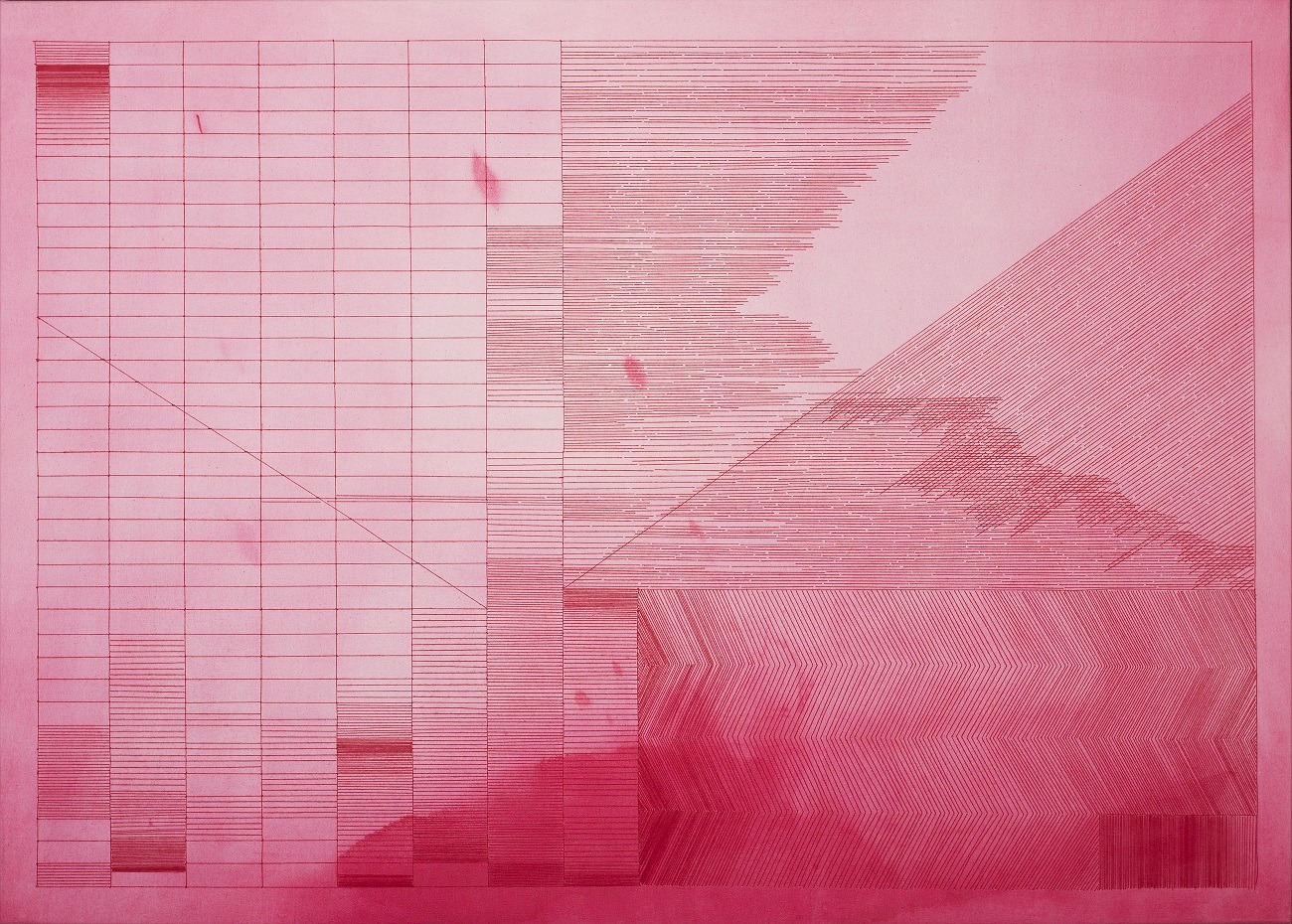
Stitching to survive
TextileArtist.org: What initially attracted you to textiles as a medium? How was your imagination captured?
Inga Liksaite: Looking back, I think my attraction to textiles was most influenced by my cultural background. I grew up in a culture in which handmade skills were survival tools used to improve and progress within a mostly brutal Soviet environment. Those skills also boosted enormous creativity in all aspects of life, from making clothing to other spheres.
I grew up in a seaside town where I saw fishermen crafting their tools. Both of my grandmothers were sewing and knitting all the time, and my parents were very creative too.
I also recall when playing outside as kids, we’d use open construction sites’ ‘finds’ as a medium to play.
I wasn’t sure about art studies after school, but my inner me wanted to extend that aspect of play. So, I tried this and that, and textiles caught my attention. Textiles seemed both universal and close-at-hand, which allowed a lot of freedom and experimentation in the creative process.
I’ve never treated textile studies as ‘traditional.’ Instead, I see aspects of being flexible, futuristic, multi-purpose, and especially playful. Also important are aspects of being sustainable, meaningful, colourful and timeless. In short, textiles are so cool.
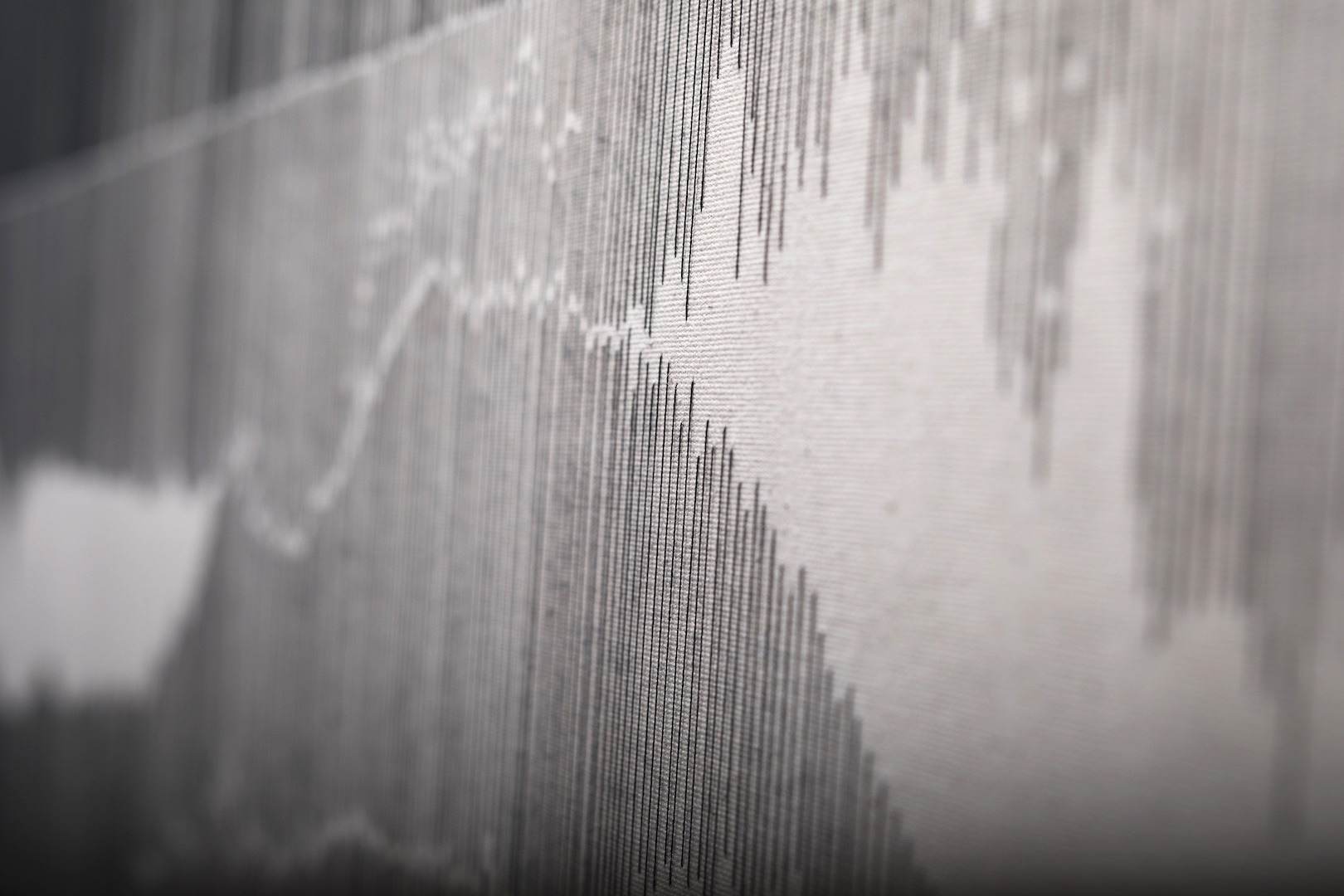
What was your route to becoming an artist?
Knowing when to start calling oneself an ‘artist’ was always a serious challenge for me. There wasn’t ever a clear line between my artistic work and my personal life.
I did study art, but I wasn’t a very good student. Classic art studies bored me. I was a maker from the very beginning, so I wanted to try and experiment by myself instead of learning advanced things.
I didn’t really know who or what I wanted to become. But I knew I wanted to create. I wanted to immerse myself in a process with stuff. I followed my gut feelings and had no special plan.
Still, I tried many paths to be a designer, fashion maker, school teacher, and shop display designer. And I’ve tried various kinds of jobs. I think the mixture of those circumstances helped bring me to where I am now.
I also don’t particularly describe myself as a ‘textile’ artist. Textile is only the dominating medium.
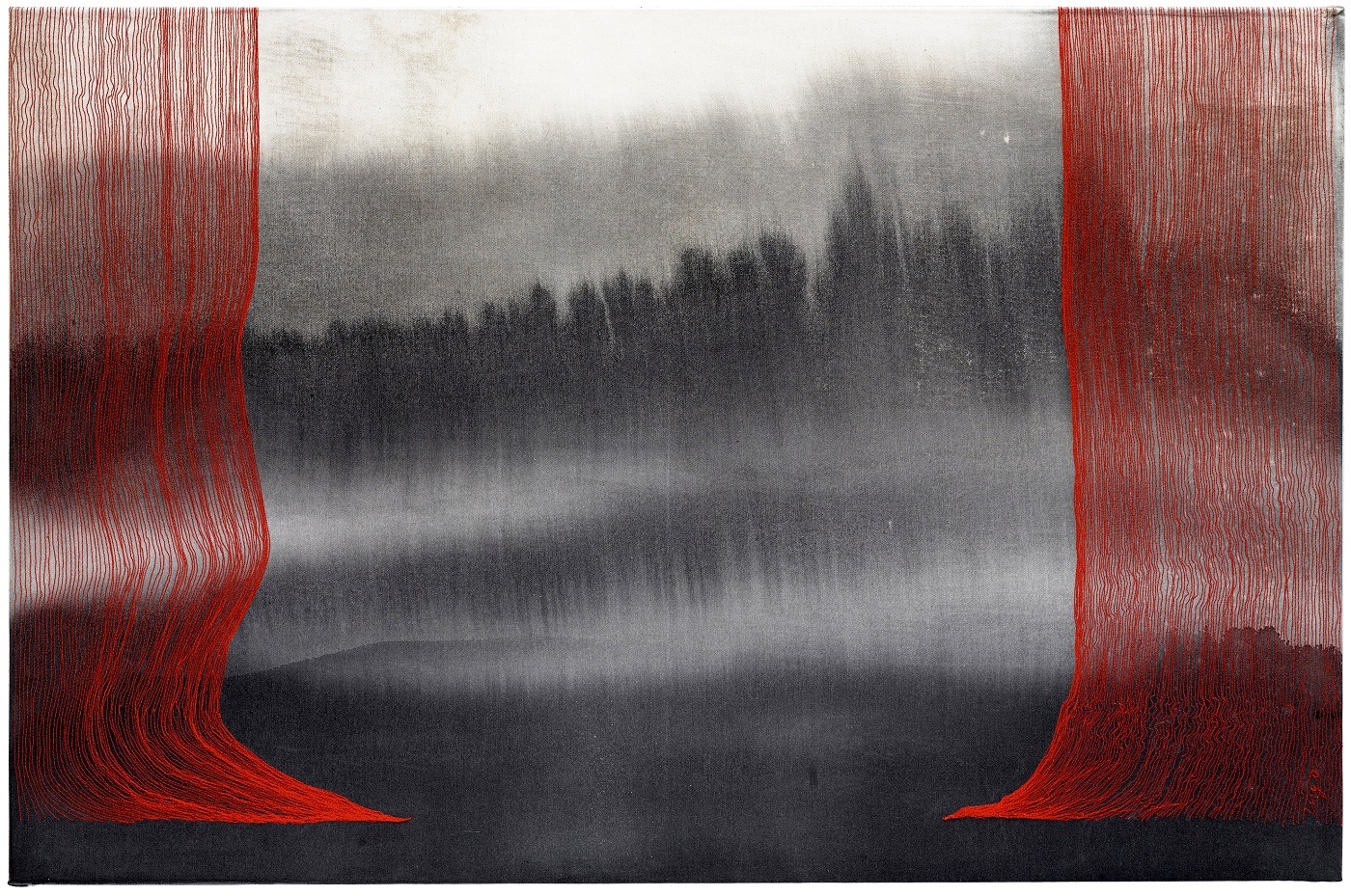
What types of textiles and tools did you use at the start of your artistic journey?
There was nothing very special about my environment or the materials with which I worked. I used ordinary fabrics and minimal choices of yarns, paints, and brushes. I started with a decent amount of supplies, there was a time when I could not afford more. That lack was a kind of impulse that challenged me to generate quality and value with what I had.
So, I used whatever I could get easily, and the rest was creativity.
I also had my DDR Veritas sewing machine, which still functions perfectly today. It was an interesting tool with quite powerful mechanisms, including the foot pedal and back/forward motion functions, that allowed me to play and endlessly experiment.
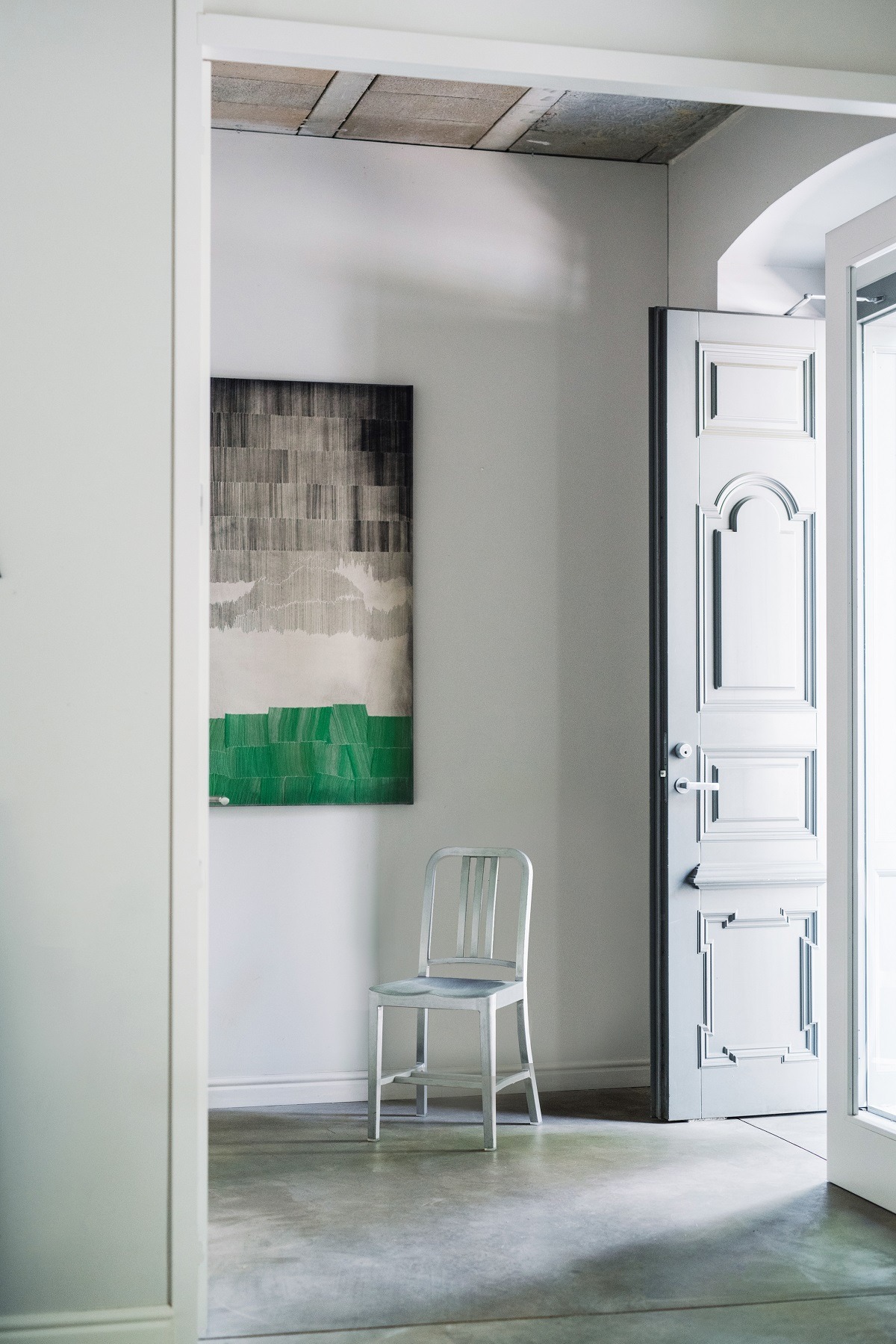
Rows and rows of stitchwork
Tell us about your process from conception to creation
For my work, knowing the timing between ‘conception’ and ‘creation’ is as challenging as knowing which comes first…the chicken or the egg!
All my work sprouts from previous work. I am constantly recalling old sketches and using them to develop some new quality. I make things continuously, and in between, I crystallize some parts that especially intrigue me.
Once I have an idea, I start sketching on paper. Then the project’s progress shifts between digital and manual drawing.
Painting ideas develop through sketching on a screen too.
After that, I identify all the materials I’ll need, and then I set up and adjust my workspace accordingly. My studio is not a big space, but it’s airy and has natural light which is most important. I try to keep it tidy and organized so I can sort my work stages.
The main process is mostly handwork or machine stitching, which can be very colourful and have various outcomes.
There are also more routine activities that need to be done to accomplish the project goals. These include choosing the right fabrics, calculating sizes, making project blueprints, stretching canvases, or even repairing sewing machines!
Then I also have to communicate with clients, galleries, etc. There are plenty of common things to accomplish that count.
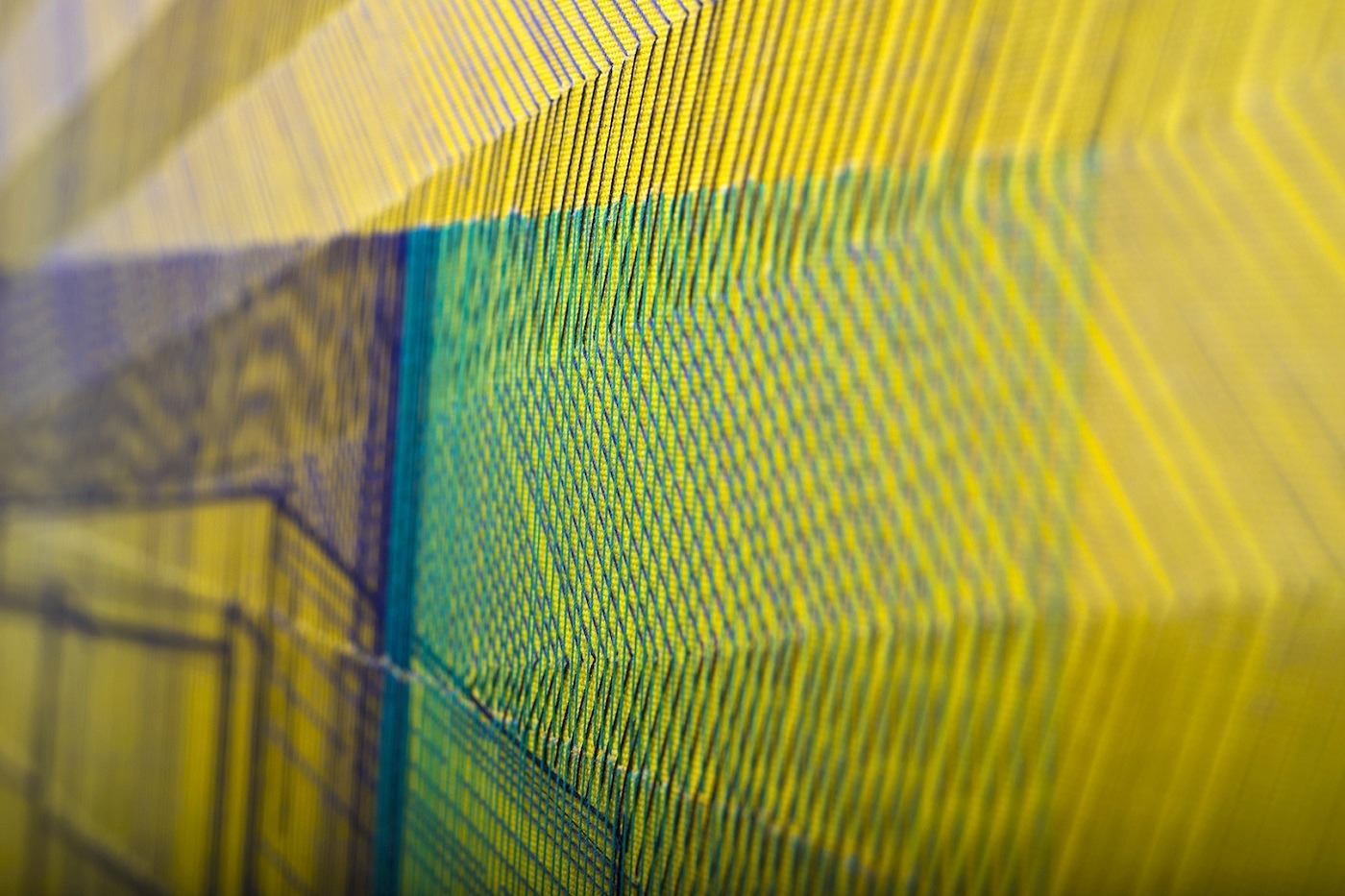
Tell us a bit about your chosen techniques and how you use them
There are various methods I choose to use. In one method, I make a vector drawing first and then copy it onto a canvas. My earlier works featured rhythmically simple straight or curvy seams that collectively created an image. Now my works are stitched more by hand resulting in bigger stitches than regular machine stitching.
I then use stitch in different forms: freehand embroidery, sewing machine stitching, and/or digital embroidery. Even when I use digital or machine stitching, there is still lots of finishing handwork needed to achieve and combine bigger scale pieces.
The difference between the vector drawing and the actual stitching on fabric is I allow small irregularities in both stitch and yarn which creates interest. The textures of the canvas and yarn also give an additional opaque dimension to a piece.
The tactile nature of my textile work features many layers that offer viewers a different experience when viewing up close and then from a distance.
I’ve also discovered the act of stretching the canvas reveals even more about a piece, as the textures of stitch appear more clear and intense.
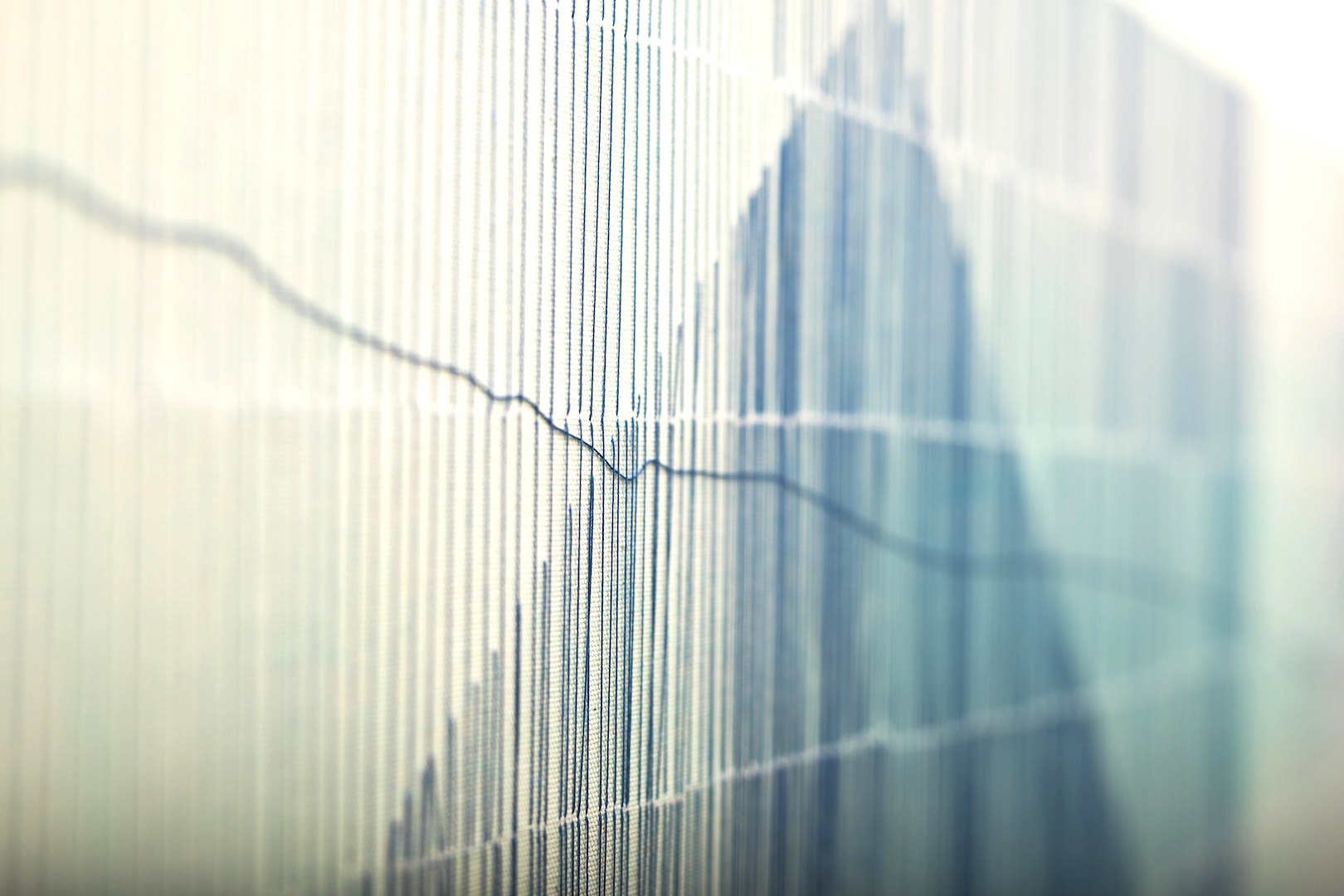
What currently inspires you?
Everything! I love my life, I notice and see many things and nuances, and I feel and enjoy moments. And all of these are inspiring.
I think inspiration comes from a synthesis of experiences.
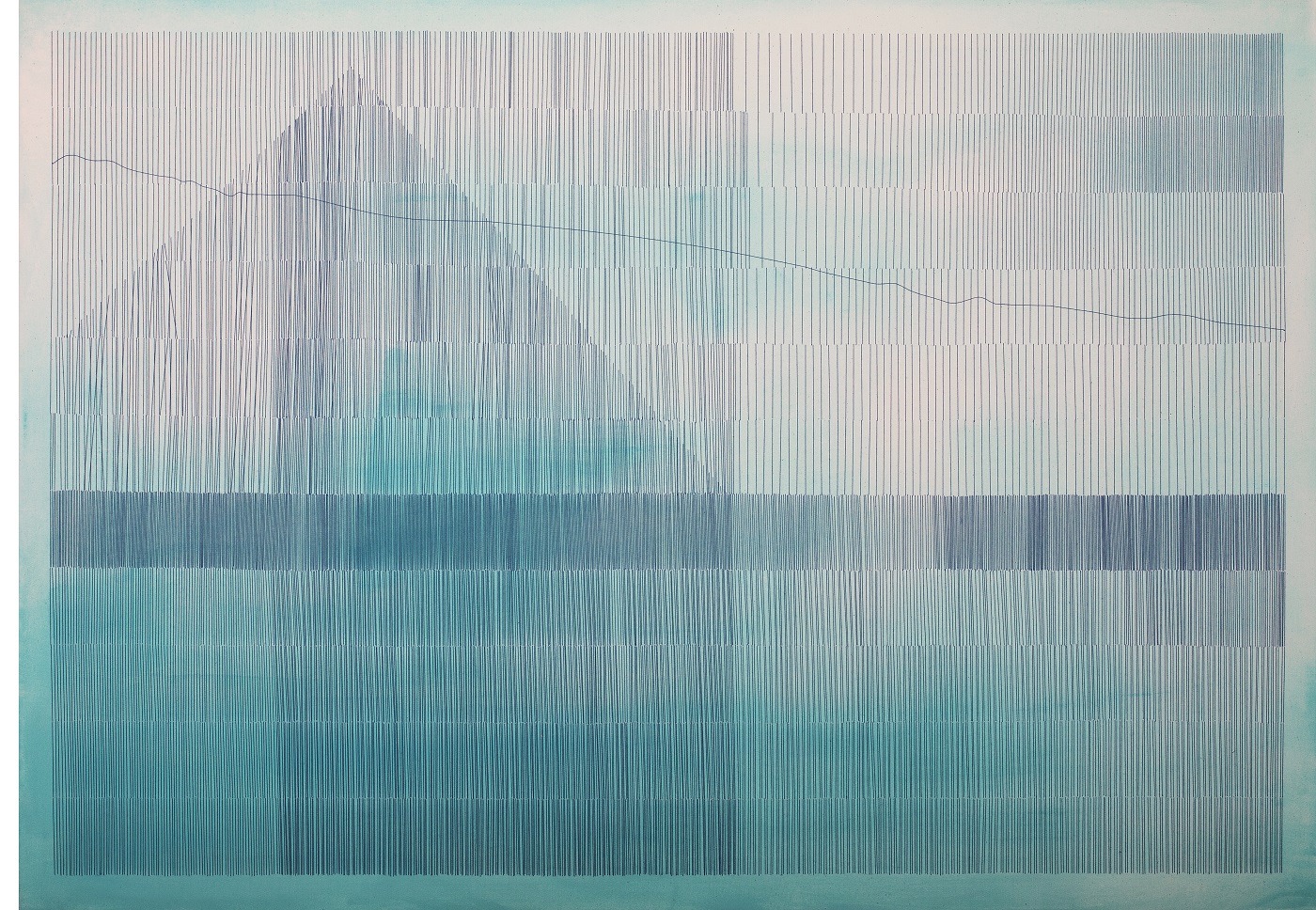
Combining stitch and paint
Tell us about a piece of your work that holds particularly fond memories and why?
I am happy when I see my work inspires others and comes into people’s lives as a sign of a new path that vibrates well with their energy or travels with them from one place to another.
One woman purchased my work during her break between leaving a long-term job and starting a new freelancing business. Back then, freelancing was not yet popular, so she was taking a risk to quit her advanced career in a big company.
She told me my painting was the first thing she invested in for her new beginning. It was more a spiritual than a practical investment. Then one year after starting the new business, it blossomed. And now it flourishes successfully.
She also started collecting art in general, and to this day, we’re still good friends. That kind of story makes me know I am in my element.
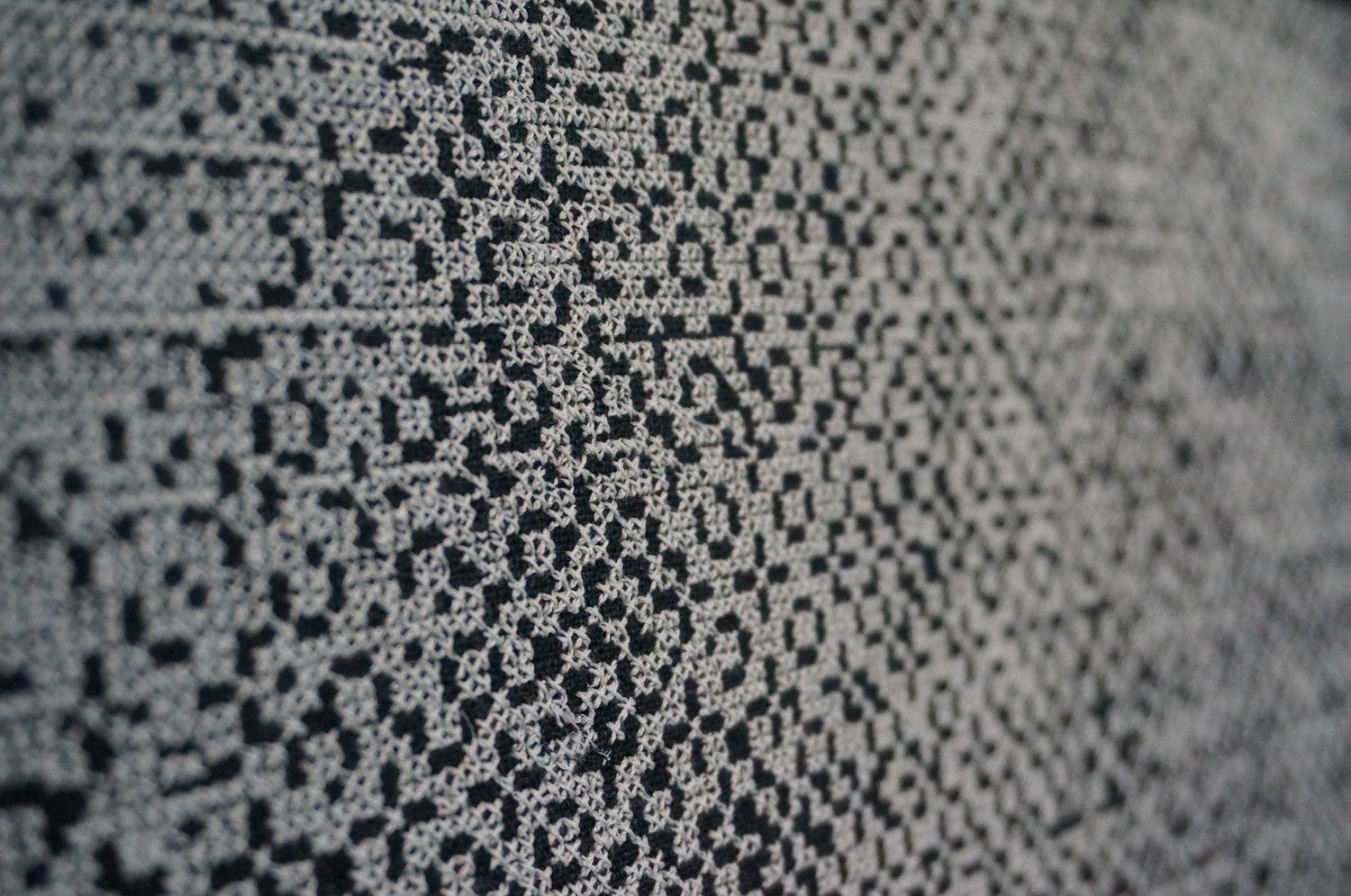
How has your work developed since you began and how do you see it evolving in the future?
I’m going deeper into the notion of stitch, and I do it with bigger inner freedom. My recent works (2018) are stitched by hand, resulting in more exaggerated and larger stitches than machine stitches. It’s not necessarily more or less expressive…just different.
I’ve also begun stitching on a painted canvas. I paint the raw canvas first, then restretch it, and then paint more layers to make it sustainable. Then I start stitching by hand.
Still, I honestly can’t predict the future. Maybe I’ll do more painting than stitching, or maybe I’ll overdose with art and quit for gardening! I’m not sure yet.
I would like to develop various directions in my present works, but I have learned from life not to have too forward-looking plans because everything is in motion and changes. My to-do list for the upcoming year is mostly full of art projects, but I think it’s better to stay flexible. I don’t want my art to turn into fabrication.
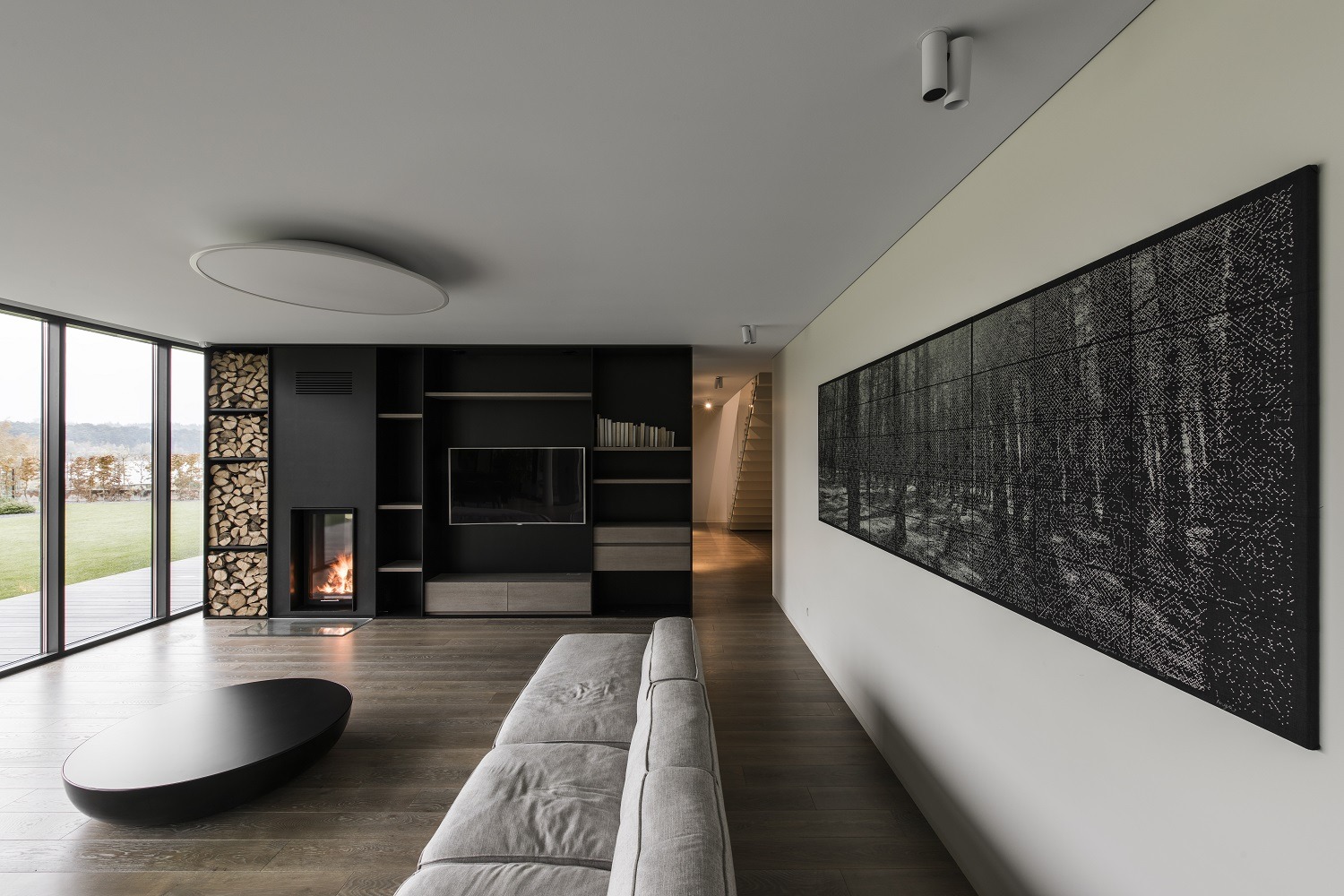
What advice would you give to an aspiring textile artist?
Well, I would only give advice only if one asks for a special situation. But in general, I would say ‘You know everything!’
For more information visit liksaite.com
How do you use line and repetition in your own work? Let us know below
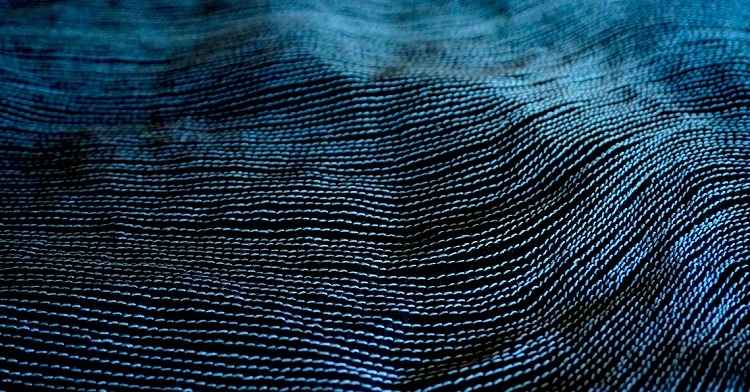
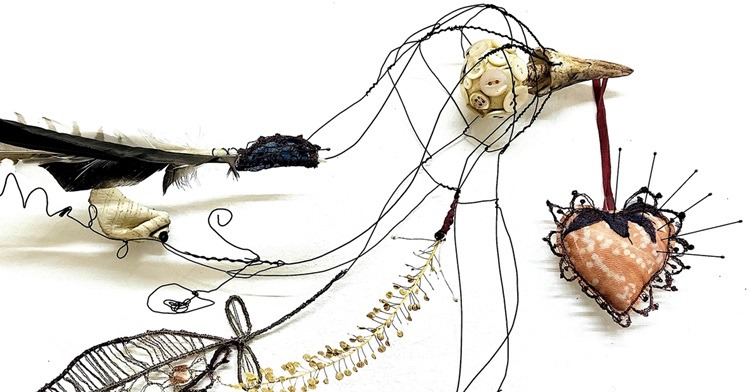
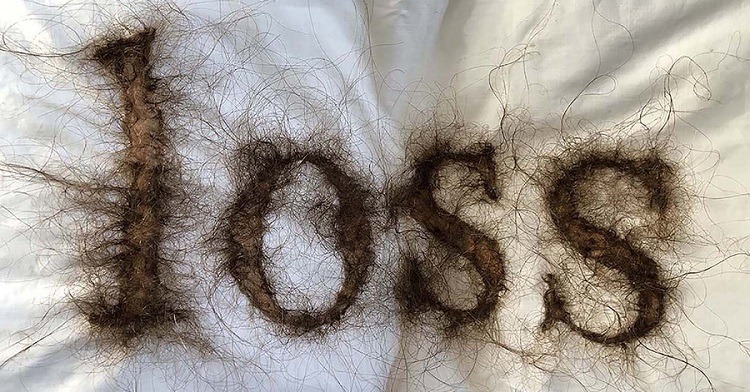
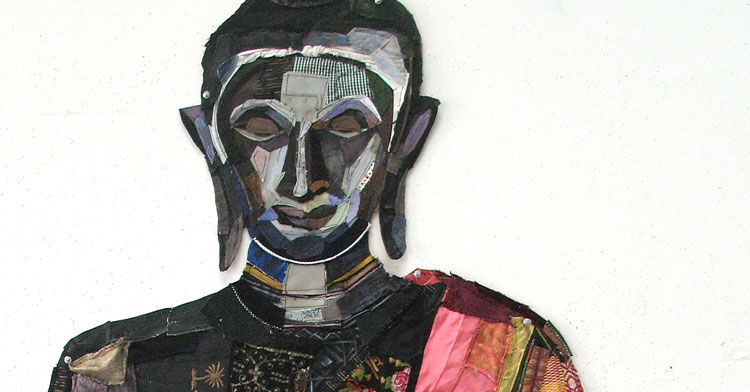
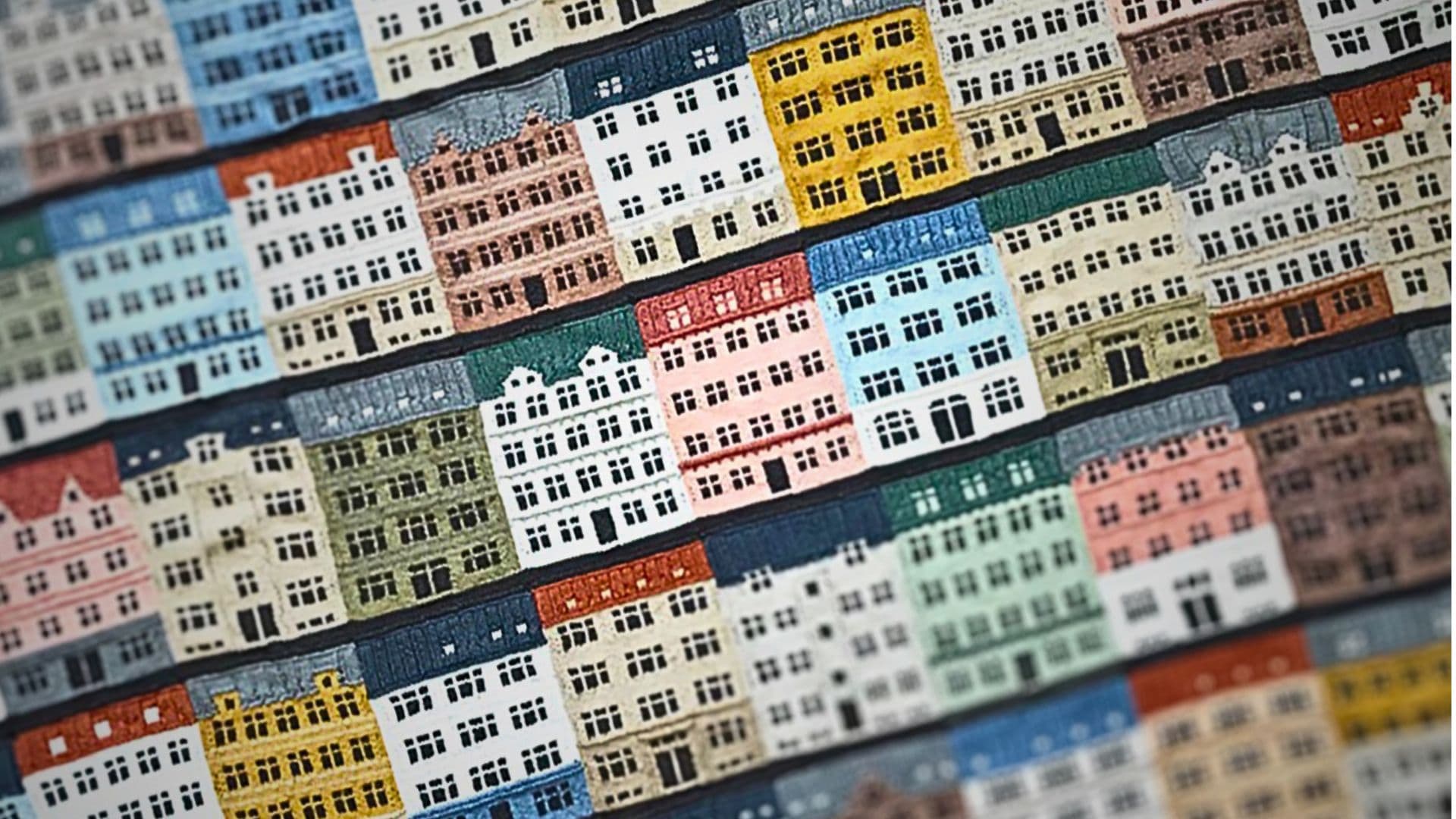
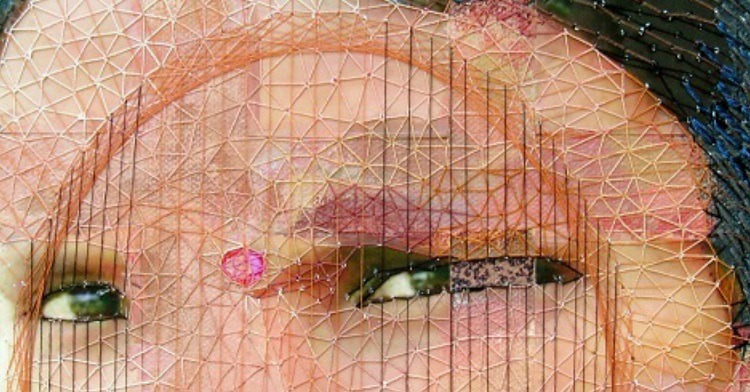
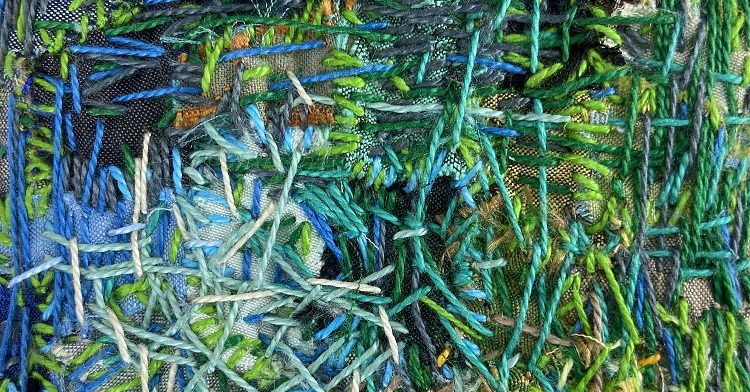
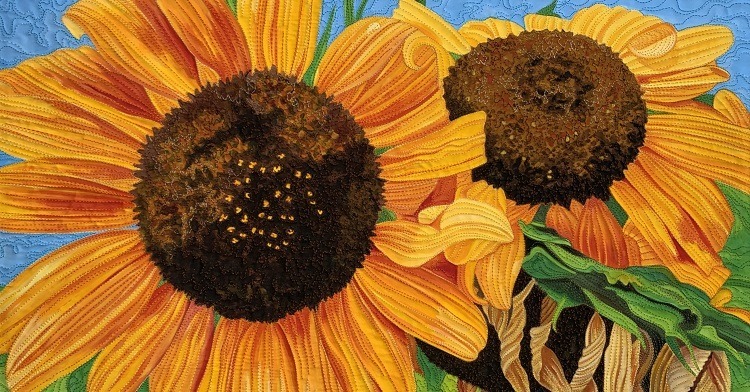
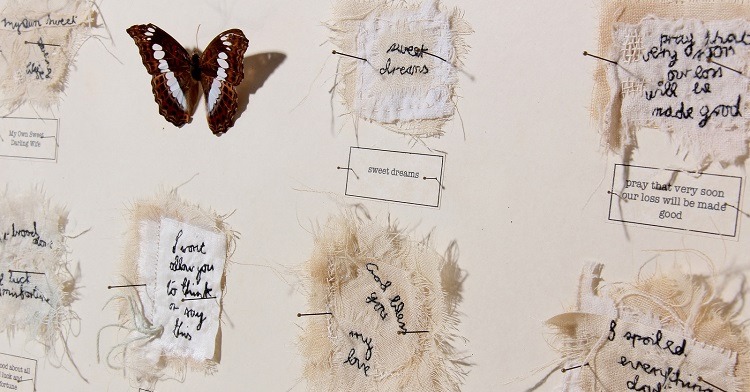
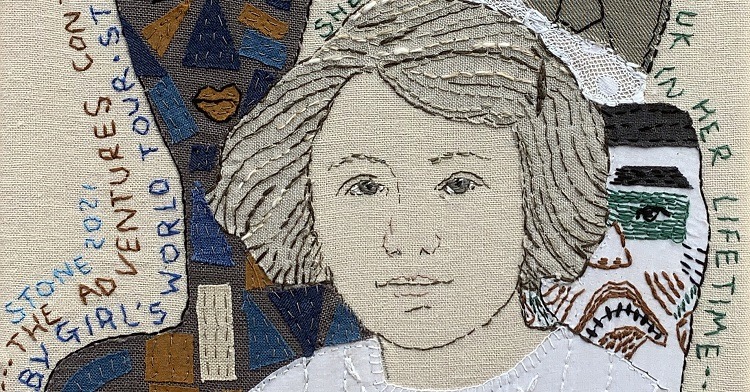
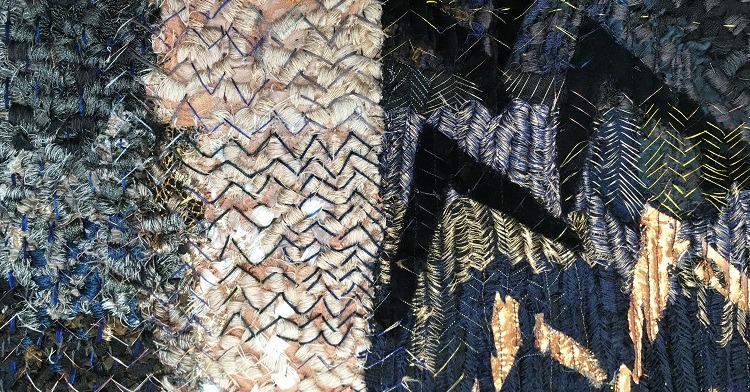
8 comments
Alyson
I love these pieces. Really amazing. Request for textileartist.com please caption the artwork with the dimension.
Margot
Pink ‘Home #3’ a visual feast, thank you
E. S. Senger
Your interviews of people creating from their heart and soul are so inspiring! Bending the rules, combining different media and thinking outside the traditional boxes is refreshing. The only problem is the pictures of the art don’t do it justice! Where can we go to see the real thing?
Dianne Lamont
A very interesting art journey
Inga’s self awareness shines thru.
Nicola
I find the artist interviews so interesting…to see how many paths can be taken….I wanted to know if Inga paints on her stitches, or just the canvas?
Alexa Antoine Day
Inga , your pieces are beautiful and breathtaking. My medium is Nuno Felting and I mostly create
scarves because my studio is very small. In reading your article, you’ve inspired me to try your method and designs on my silk and roving scarves. Thank you so much for all the information you’ve provided- I can’t wait to begin!!
Alexa
Pat Bishop
You have great artist spotlight articles.
Petra Martin
Fabulous. I find this work and the artist so inspiring. I love how she mixes media and disciplines and doesn’t pigeon-hole herself, also how her art kind of came out of her Soviet upbringing using what you have to hand, and creativity and handmade skills being ‘survival tools’. I needed to see something like this so badly right now.. thank you for this inspiration and introducing me to this wonderful artist. I don’t always have time to look at your posts, so it must be serendipity that made me click on the link today – and the teaser of the wonderful stitching.